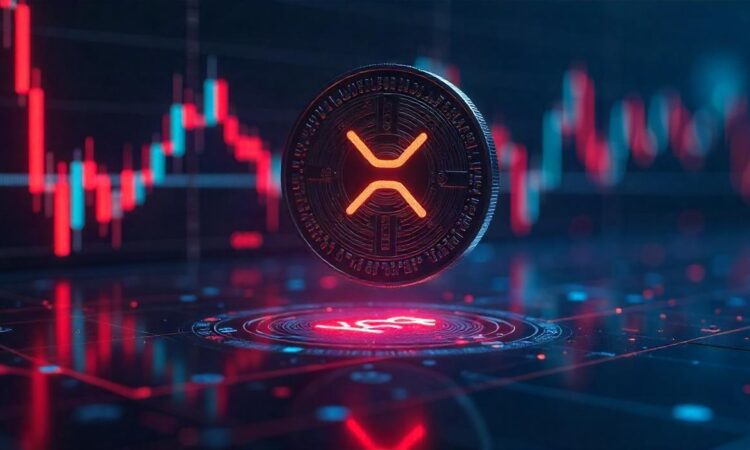
Have you ever wondered what makes XRP as a stand out currency when compared to other crypto assets and fiat currencies? If so, then this article is for you. xrp price prediction– the native currency operates on the XRP Ledger – a decentralized blockchain network, has been gaining more traction among the large-scale businesses and financial institutions who involve cross-payments across the globe.
As there are many fiat currencies like the U.S. Dollars, Euros, and Yen on the desk, one currency that many B2B cross-payments focuses on is XRP. However, some might not be sure what the exact potential gains are offered by XRP and how it differs from other fiat currencies. No worries. Here we have provided a comprehensive comparison between XRP and other fiat currencies to gain your knowledge with valuable insights in order to make an informed decision. Let’s dive in.
Key Comparison of XRP and Fiat Currencies
-
Centralization Vs. Decentralization
One of the fundamental aspects that we should look at between XRP and Fiat Currencies is their governance structure.
Fiat Currencies: These currencies are issued and governed by the central banks and governments, managed through monetary policies that regulates inflations and supply interest rates. Furthermore, this centralized approach allows authorities to influence economic stability though it has potential risks like inflation and devaluation.
XRP: It is a decentralized approach that operates on the XRP Ledger. Ripple – the company behind XRP development, plays the critical role in enhancing the transaction features of XRP without involving any direct control from central authority. As a result, it stands out to offer faster and more transparent transactions for the users.
-
Transaction Cost and Speed
Transaction efficiency is one of the major differences that we should look at in XRP and Fiat Currencies.
Fiat Currencies: Transactions that are processed using Fiat Currencies, especially for international money transfer, might take several days to settle payments due to multiple intermediaries involvement and charges high transaction fees due to currency conversions and regulatory compliance.
XRP: With XRPs xrp price prediction Ledger, the transaction time taken to settle a payment is just around 3 to 5 seconds. This makes XRP one of the fastest digital currencies for cross-border payments. Furthermore, the cost per XRP transaction charges minimal fees “a fraction of a cent – 0.0002 XRP” as it eliminates the involvement of Intermediaries and pre-funded accounts.
-
Transparency and Security
Fiat Currencies: Traditional finance systems like SWIFT lack transparency, as the transaction process through centralized institutions. Hence, users have limited access to their transaction history and leads to fraudulent risks due to multiple intermediaries’ involvement.
XRP: Since the XRP is a blockchain-based asset, XRP transactions are recorded on the XRPs public ledger, ensuring transparency.
-
Supply Mechanism
Fiat Currencies: Central Banks and Governments can print and regulate fiat currencies as needed and lead to inflation if excessive amounts are required.
XRP: It has a fixed supply of 100 billion tokens with no ability to maintain additional coins.
-
Use cases and Adoption
Fiat Currencies: It can be widely used for all types of transaction processes like retail purchases, crypto exchanges and government payments.
XRP: Like fiat currencies, XRP cannot be used for a wide range of services. Its primary focus is to support cross-border payments for remittances, financial institutions, and banking sectors.
Conclusion
xrp price prediction and Fiat Currencies serve different purposes in the finance world. Fiat currencies remain dominant due to government backing and legal status. But XRP offers a modern alternative with faster transactions, lower fees, and decentralization. Understanding their key differences can help businesses and individuals to determine which asset will suit their financial needs.
